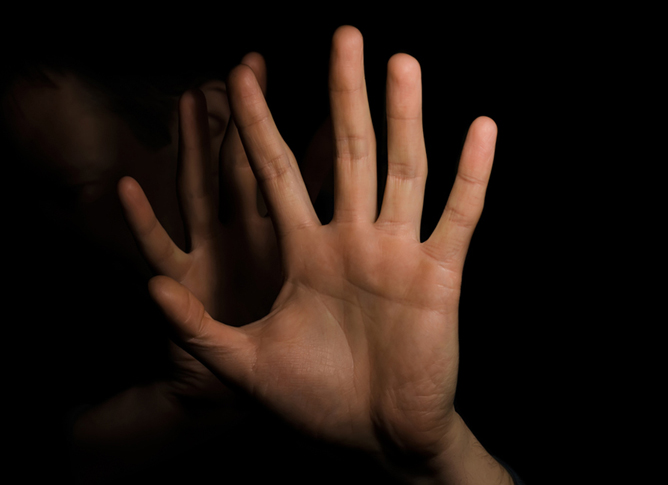New Developments Under the DVPA – Part 2 of 2

Though the findings in Evilsizor v Sweeney, as discussed last week in New Developments Under the Law (Part 1 of 2), concern me greatly, I find myself in accord with the recent decision made by the 2nd Appellate District Court, Division 3, in Isidora M. v Silvino M. (2015 WL4600037), handed down on July 31, 2015.
The gist of Isidora M. is simply a reinforcement of one of the basic tenets of our legal system, which is that each defendant/respondent is entitled to “notice and an opportunity to be heard.” In Isidora M., the trial court issued mutual domestic violence restraining orders: one restraining Isidora from contacting or approaching* Silvino, and one restraining Silvino from contacting or approaching* Isidora. The problem was that Silvino had not filed a request for a domestic violence restraining order – the parties were in court on Isidora’s request for an order restraining Silvino.
While mutual restraining orders can be issued, the 2nd Appellate District Court stated that, under Family Code Section 6305, no trial court can issue mutual restraining orders unless both have appeared, both have requested orders from the court, both have given proper notice**, and both have presented adequate evidence of abuse each suffered from the other.
In fact, the trial court must make specific findings, in the case of such dual applications, that both parties acted primarily as aggressors and that neither acted primarily in self defense. That’s a tall order, as attorneys who regularly practice in the Family Law courts can tell you.
So – we had two important rulings over the summer. In Evilsizor v Sweeney, we saw the courts expand the circumstances under which a domestic violence restraining order may be issued. In Isidora M. v Silvino M., we see the courts decrease the circumstances under which a domestic violence restraining order may be issued.
This is an area of law that will continue to change, I think. We will keep you posted.
————-
The actual language for prohibited conduct under a DVRO (domestic violence restraining order) is as follows: the restrained person shall not “harass, attack, strike, threaten, assault (sexually or otherwise), hit, follow, stalk, molest, destroy personal property, disturb the peace, keep under surveillance, impersonate (on the Internet, electronically or otherwise), or block movements; contact, either directly or indirectly, in any way, including but not limited to, by telephone, mail or email or other electronic means.”
** “Proper notice” in DVRO proceedings can be accomplished if the Court finds there is good cause for a waiver. This can be complicated, and is not part of today’s discussion.















